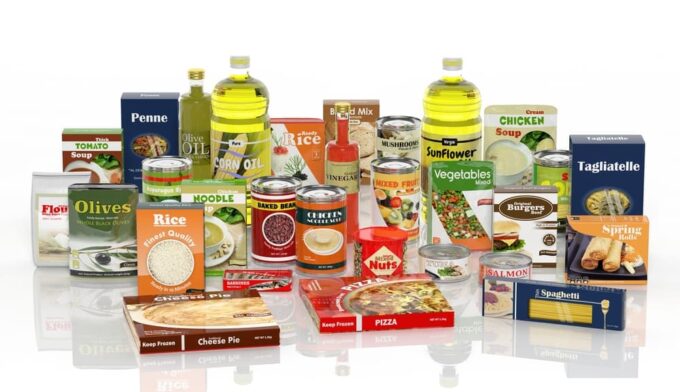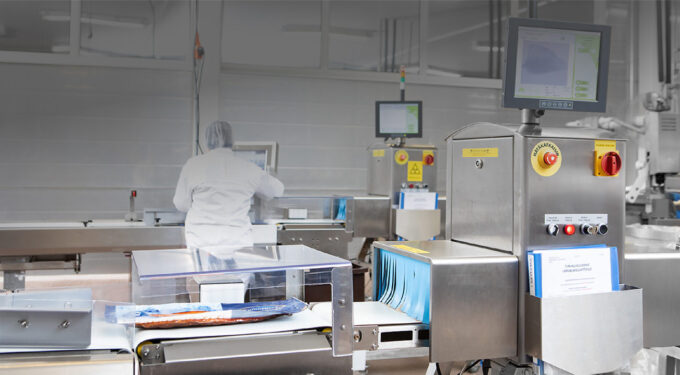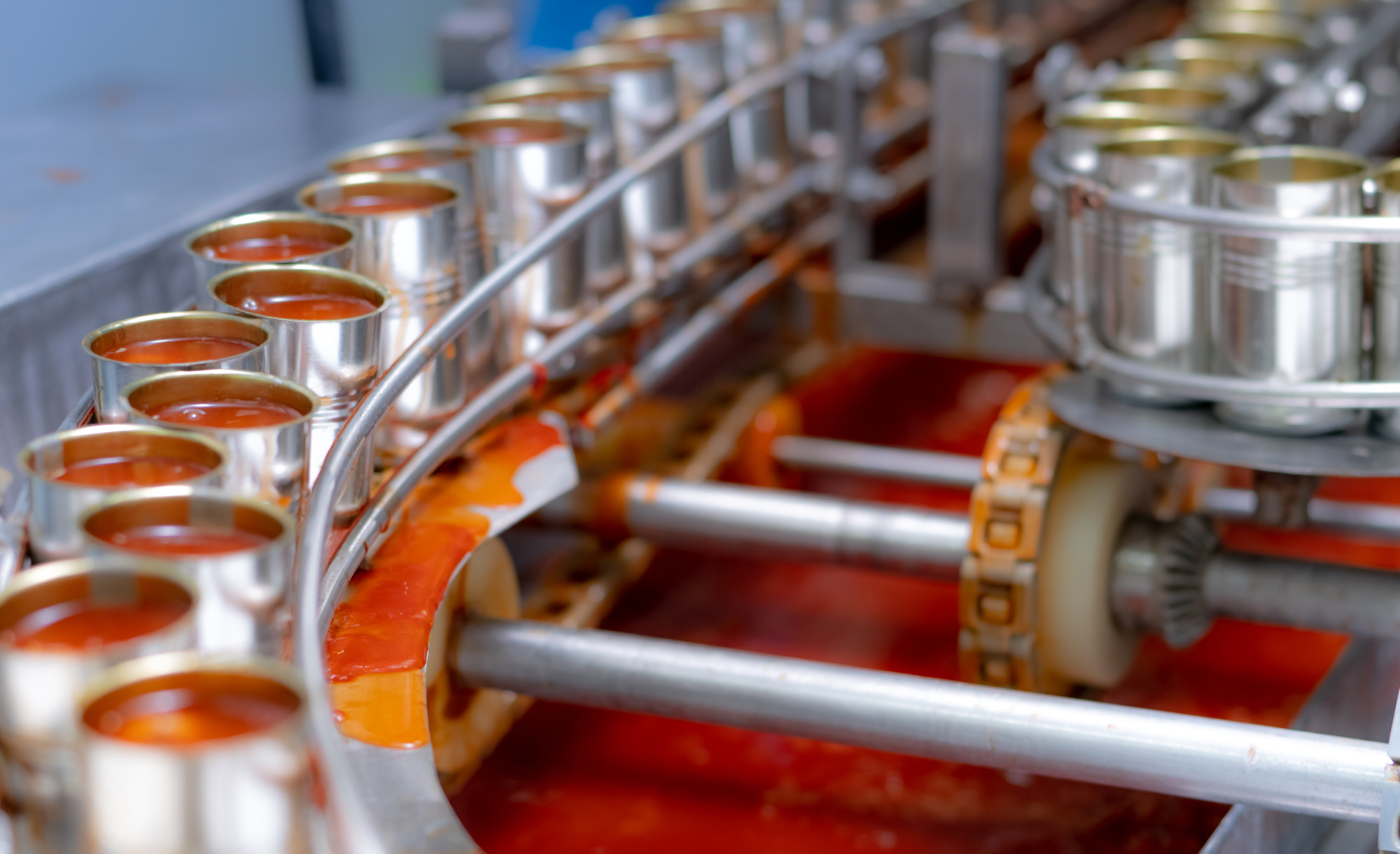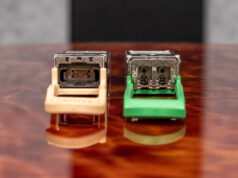Food packaging is one of the essential parts of the food manufacturing process. It facilitates the easy transport of goods, maintains product integrity, and prevents harmful contaminants (e.g., foreign matter and external bacteria) from entering the product.
Aside from that, food packaging also keeps consumers informed about the products by providing essential information. This includes the list of ingredients, serving size, calorie content, expiration date, allergen information, and more.
As a food manufacturer, you are responsible for ensuring that your products are packed securely with the right material. This can only be achieved by establishing a standardized food packaging process. But first, what is standardization?
Standardization is the process of developing standards to bring everything into conformity and ensure consistency and regularity. In other words, standardization aims to promote consistent results and reduce deviations and errors throughout the process. Standardizing the food packaging process will help ensure consistent packaging of products, from labeling to sealing. If you don’t know where to start, you’re on the right page. This post discusses how to standardize your food packaging operations effectively. Read on to learn more.
Choose A Standard Packaging Material
Choosing the right packaging material can be overwhelming, but it doesn’t have to be. Explore the different types of packaging you can use in the section below.

- Flexible Pouch: This material is ideal for powders, cereals, snacks, and other bite-sized products. It’s shatter-free and less expensive than glass and hard plastic.
- Glass Jar: This well-loved material is ideal for products with extensive shelf-life, such as jams, marmalades, jellies, etc.
- Clamshell: Depending on the size, this packaging can be used for sandwiches, BBQ ribs, salads, chicken wings, and rice meals.
- Metal Can: This material can be made from tin or aluminum. Tin cans are ideal for savory dishes like pork, fish, and chicken; aluminum cans are used for beverages.
- Plastic Bottle: This packaging material is commonly used for beverages, such as mineral water, iced tea, coffee, seltzer water, energy drinks, etc.
- Skin Packaging: This vacuum-sealed material is primarily used for products like beef, fish, chicken, pork, sausages, etc.
These are the different types of food packaging. Be sure to choose the one that best suits your product for optimum protection and longer shelf-life.
Invest In An Inspection System
An inspection system is designed to help food manufacturers provide safe, consistent, and high-quality food products. It rejects overweight and underweight items, inspects defective products, detects foreign objects, and checks product labels. You may consult a food inspection service provider to help set up an inspection system.

Here are the different types of food inspection systems:
- Checkweighers: This machine automatically measures and rejects items classified as underweight or overweight.
- Optical Color Sorters: This machine automatically inspects and removes discolored, misshaped, and diseased food products, including stones, wood, and plastics.
- Metal Detectors: As the name implies, this machine aims to ensure that your products are free of metals that can cause serious health risks.
- Separators: This machine sorts, separates, and rejects nonconforming products, such as those with damage, inconsistent weights, packaging defects, and more.
- X-Ray Machine: This allows you to detect a wide range of foreign objects, including bone fragments, stones, glass shards, metals, plastics, hair strands, etc.
With inspection systems, you no longer have to worry about the consistency, quality, and safety of your food products.
Finalize Your Product Label
Product labeling is an important part of the food packaging process. It promotes brand awareness and keeps consumers informed by providing essential information.
Before you finalize your product labels, make sure to check your country’s laws regarding food labeling. Staying compliant with the law will help prevent long-term legal issues that can lead to permanent or temporary business closure.
A proper product label consists of the following information:
- Brand Logo: This symbol is used to legally represent and distinguish a brand or product in the market. It has a large font size and is often placed at the center of the label.
- Image: This is optional, but most companies prefer adding product images (at least one) to entice and encourage consumers to purchase the product.
- List Of Ingredients: Ingredients are typically listed in descending order—the first ingredient indicates the largest amount, and the last indicates the least.
- Nutrient Claims: This is the statement your product claims to be. Examples are ‘Non-GMO,’ ‘Organic,’ ‘Low-Fat,’ ‘Low in Cholesterol,’ etc.
- Directions: This statement is a must for a product requiring additional steps before consumption.
- Barcodes: Barcodes are combinations of lines and numbers representing your product in the market. It allows retail stores to track prices and inventory.
- Nutrition Facts: This is a must for food products. It includes serving size, calorie content, micronutrients (vitamins and minerals), and macronutrients (carbs, fats, and protein).
- Manufacturer Information: This includes the manufacturer’s name, address, and contact details.
- Product Weight: For dry goods, product weight can be written in grams (g) or ounces (oz.)—fluid ounces (fl. oz.) or milliliters (ml) for wet goods like beverages.
Some information may not be necessary, such as images and nutrient claims. Also, be careful when writing product claims, and make sure they’re true. For example, never use the ‘Low Calorie’ claim if a product’s calorie content exceeds 40 mg per serving.
Choose A Standard Packaging Machine
Packaging machines can help you save time, boost your output, and double your sales. Since they’re automatic, you’ll be able to minimize human errors and reduce overhead costs (e.g., labor expenses).

Here are the different kinds of packaging machines you might need:
- Carbonator: This machine infuses beverages (e.g., soft drinks, sparkling juice, etc.) with carbon dioxide to produce effervescence.
- Pasteurizer: This machine aims to kill disease-causing microorganisms, such as Listeria monocytogenes, E. coli, Staphylococcus aureus, Bacillus subtilis, etc.
- Filling Machine: This machine pours grains, thick liquids, powders, and other products into containers.
- Bottling Machine: This is specifically designed for beverage companies that produce bottled water, juices, wines, and more.
- Labeling Machine: This machine automatically puts a label on the packaging material.
- Heat Sealer: This machine melts plastic packaging films to create a seal.
Final Thoughts
Food packaging is crucial to the food manufacturing process; it maintains product integrity and ensures food quality. To provide consistent, safe, high-quality food products, you must standardize your food packaging process.
To standardize your operations, you need to choose the right packaging material, purchase an inspection system, create a product label, and invest in packaging machines. The steps above will help streamline your operations and ensure product quality and consistency.








